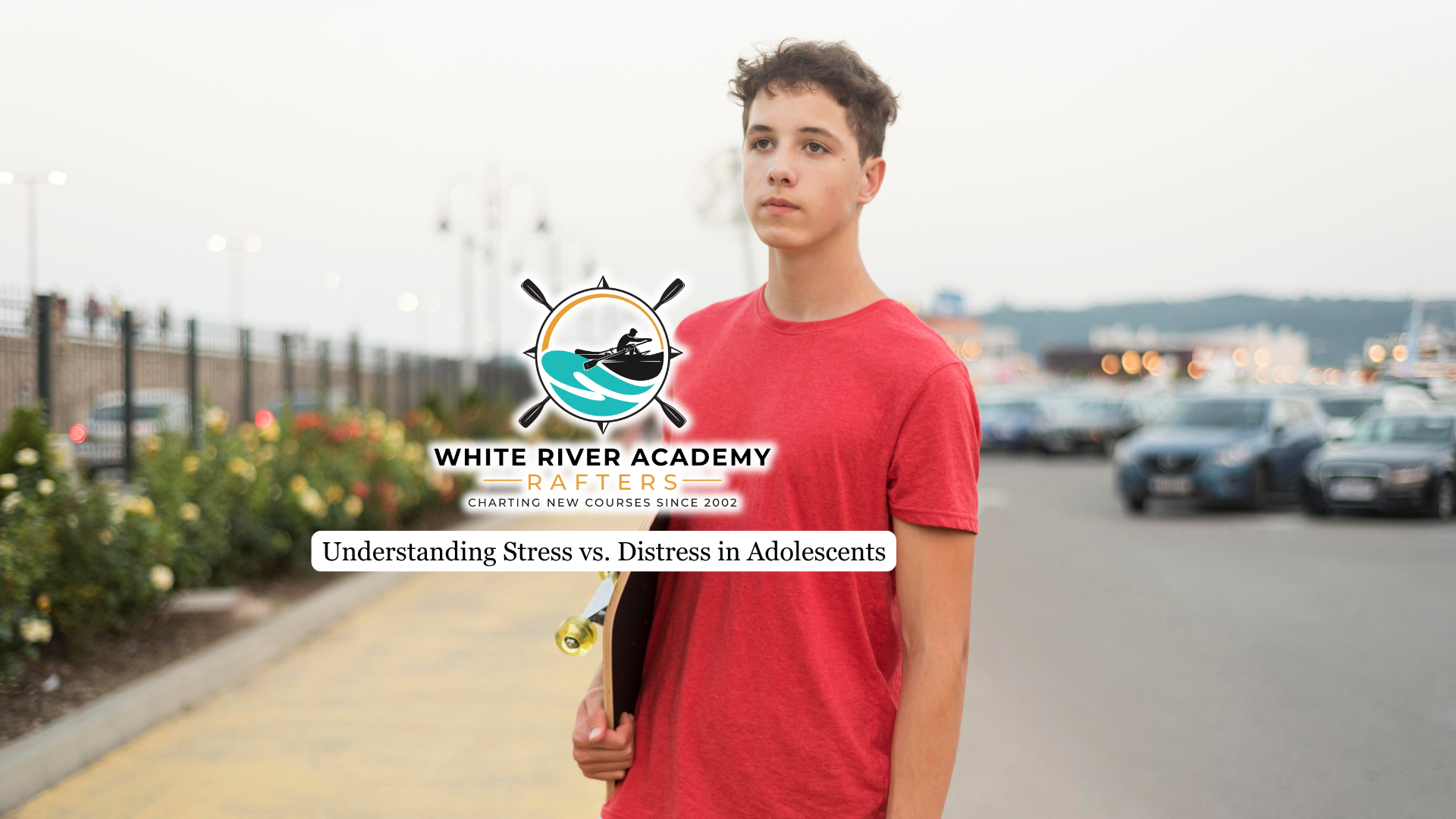You might be surprised to learn which addictive substances are most prevalent among today’s youth. From seemingly innocent experimentation to full-blown dependency, the landscape of teen drug abuse is constantly evolving. As a parent, educator, or concerned individual, it’s crucial to stay informed about the dangers of teen substance misuse.
This article will showcase the most addictive drugs prevalent among adolescents and the importance of timely intervention for teens’ substance abuse.
Marijuana
Marijuana remains easily accessible despite its perceived risks. Approximately 80% of teens believe it’s easy to obtain, contributing to its widespread use.
Data showed that 35.2% of American youth consumed marijuana in 2019, indicating significant prevalence among youth. However, there has been a decline in adolescent marijuana use, which has been attributed to lower perceived risk and changing attitudes towards the drug.
Some teens find marijuana less interesting to try due to increased awareness of its potential health risks and consequences. However, marijuana continues to be a popular abused drug among teens.
There are indicators that show teens are using marijuana. Physically, adolescent users often have red or bloodshot eyes, a distinct musky or skunk-like odor on their clothes or breath, delayed reaction times, and impaired coordination. Behaviorally, they may exhibit mood swings, increased laziness or tiredness, loss of interest in activities they once enjoyed.
Our Marijuana Addiction Rehab here at White River Academy offers treatments that are carefully designed to support adolescents struggling with cannabis use disorder. Our programs include evidence-based therapies, academic support, and life skills training for teenage boys.
Alcohol
Around 25.6% of 8th graders have abused alcohol at least once, highlighting its widespread acceptance and early exposure among adolescents.
Binge drinking is also prevalent, with approximately 1.19 million teens aged 12 to 17 engaging in this risky behavior in the past month.
The accessibility of alcohol through older friends and family members contributes to its high rates of experimentation and abuse among teens.
This issue can be addressed through education and prevention efforts to mitigate the potential long-term consequences of alcohol abuse on their health and well-being.
Nicotine
Nicotine addiction has become an increasingly prevalent issue among teenagers, largely fueled by the rising popularity of vaping devices. You might be surprised to learn that 410,000 middle school students and 1.21 million high school students use e-cigarettes, highlighting the accessibility of these nicotine products.
Many teens perceive nicotine as less harmful than other substances, but it’s highly addictive and can negatively impact your health. Nicotine can increase anxiety, cause mood swings, and make it harder to concentrate, exacerbating existing mental health issues.
In addition, early nicotine exposure during your teen years raises the risk of lifelong addiction and can lead to trying other addictive substances. It’s crucial to understand the dangers of nicotine and seek help if you’re struggling with teen substance abuse.
Prescription Stimulants
Prescription stimulant misuse has become a growing problem among teens, who often view these medications as a way to boost academic performance.
You might be tempted to use prescription stimulants like Adderall or Ritalin to help you study, but it’s crucial to understand the risks. Taking these drugs without a prescription can lead to serious health issues, such as increased heart rate and anxiety.
It can also create a dependency, making it harder for you to focus without them. What’s more, early abuse of prescription stimulants is linked to future substance abuse problems.
Don’t let the pressure to succeed academically push you into making dangerous choices. Seek help from parents, teachers, or counselors if you’re struggling, and prioritize your health over short-term gains.
Our Stimulant Addiction Treatment is designed to support teen boys struggling with stimulant abuse, such as Adderall and Ritalin. At White River Academy, we provide a comprehensive, individualized approach in helping adolescent boys because each teen’s experience is unique.
Prescription Painkillers
Painkillers prescribed by doctors can be highly addictive, and it’s crucial to be aware of the risks if you’re considering using them recreationally.
Prescription painkiller abuse in teens is alarmingly common, with 3.4% of 12th graders reporting misuse in the past year. You might be tempted to experiment due to easy access at home or through friends.
However, combining painkillers with alcohol, which many teens do, amplifies the dangers and likelihood of addiction. Using these narcotics to cope with physical or emotional pain or chase fleeting pleasure can quickly lead to dependency.
Hallucinogens
Approximately 3.4% of 12th graders are using hallucinogens other than LSD in 2022. These are teens who seek altered states of consciousness and unique sensory experiences.
Hallucinogens can pose significant risks to teen mental health, including psychological distress and potential for addiction.
The perception of risk surrounding hallucinogen use varies, influencing experimentation rates, with many teens underestimating the dangers associated with these substances.
Inhalants, another category of hallucinogenic substances, are more commonly used among younger teens, particularly 8th graders, due to their accessibility and immediate effects.
At White River Academy, we offer a Hallucinogen Addiction Treatment for Adolescents in Utah that integrates therapeutic modalities, life-skills training, and character-building activities to help teens facing hallucinogen addiction. As a therapeutic boarding school, we combine clinical expertise with a supportive academic setting.

Warning Signs of Teen Drug Abuse
Withdrawal from family and friends, along with declining academic performance, are significant indicators that your teen may be struggling with substance use. Frequent feelings of tiredness and secretive behavior can suggest they’re hiding drug use from you.
Teens struggling with substance abuse often exhibit a range of behavioral, emotional, and physical signs that can help identify the problem early. Key behavioral indicators include sudden changes in friend groups, withdrawal from family and friends, isolation, lack of communication, and disinterest in activities they once enjoyed. Mood changes such as irritability, verbal abuse, aggression, depression, mood instability, and apathy are common red flags.
Moreover, teens who begin to associate with peers known for drug use, it may indicate a shift towards substance experimentation or abuse.
Prevention and Intervention
You play a vital role in preventing and intervening in your teen’s potential drug use. Open communication fosters trust and encourages discussions about drug-related risks.
Educating your child about the consequences of substance abuse can deter experimentation. Set clear rules and expectations to establish boundaries that prevent risky behaviors.
Stay involved in your teen’s life, monitoring their activities and friendships for valuable insights. If you suspect drug use, early intervention is critical.
Address the issue promptly to prevent long-term addiction and ensure better outcomes. Your support and guidance are essential in navigating this challenging period. You can enroll teens in a therapeutic school to help them recover from drug abuse.
Therapeutic schools provide a structured, supportive environment that integrates education with specialized mental health and substance use treatment. These schools offer individualized treatment plans that address not only the addiction itself but also the underlying mental health issues such as anxiety, depression, trauma, and low self-esteem that often accompany substance use in adolescents.
Final Thoughts from White River Academy
At White River Academy in Utah, we offer comprehensive support for families with adolescent boys facing behavioral and substance use challenges. Our therapeutic boarding school provides a program that is tailored to meet the unique needs of each teen. We combine individual and family therapy, life skills training, and academic support to help teenage boys overcome substance abuse.




